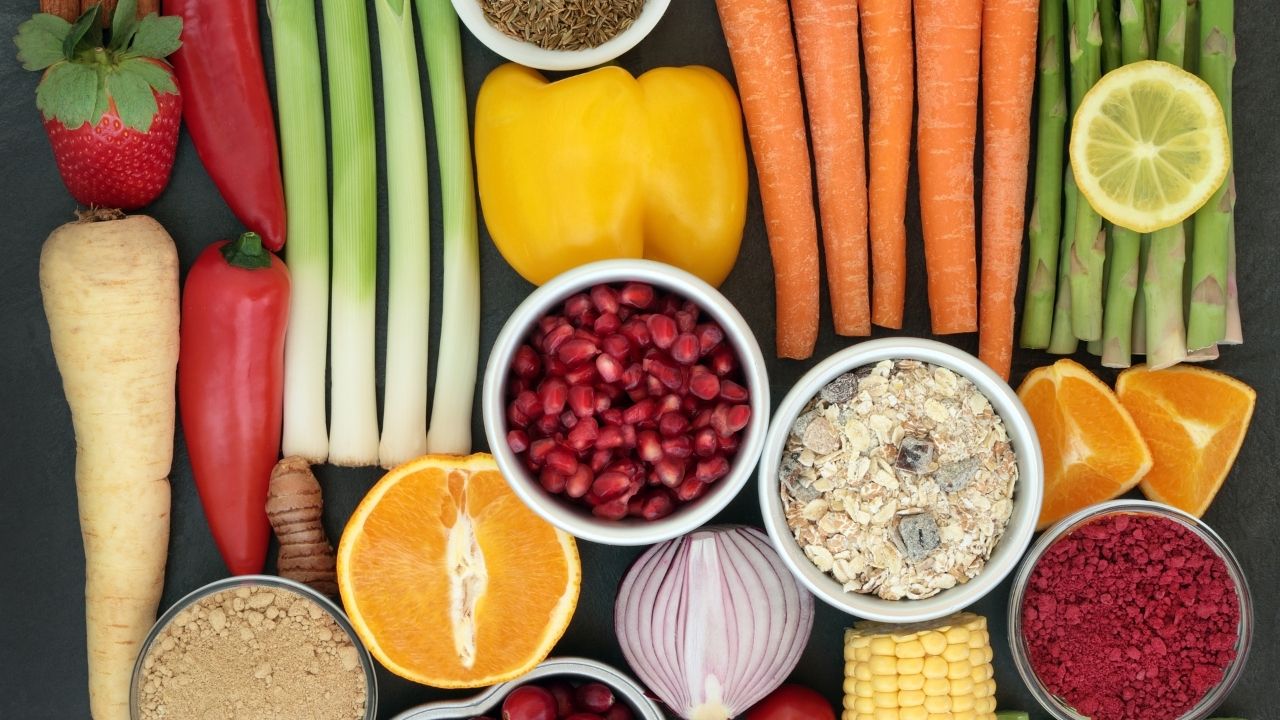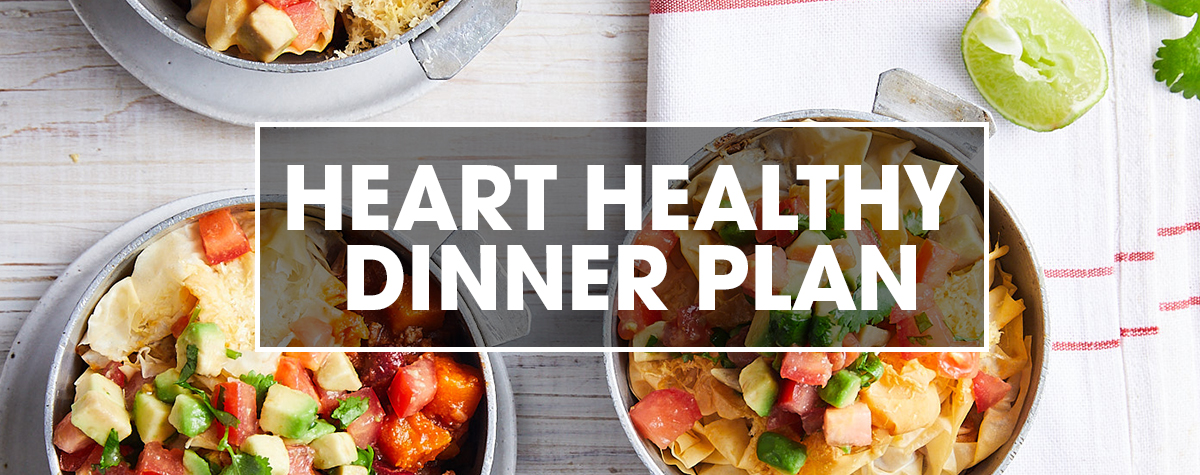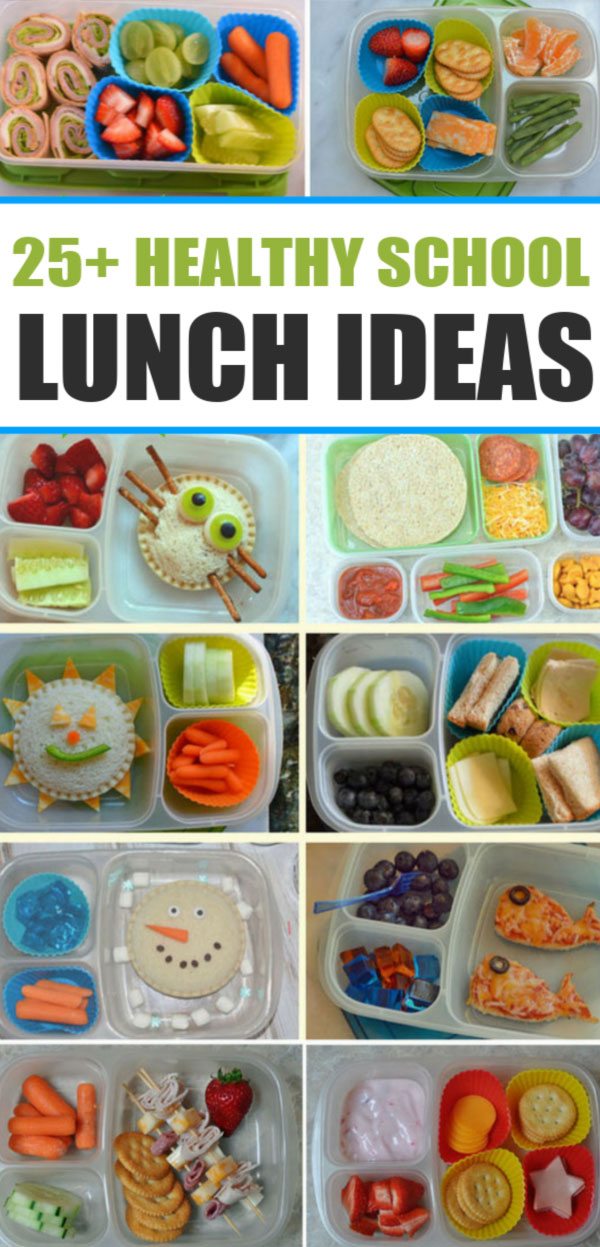
Teenagers eat a diet that includes whole grains, fruits, vegetables, meat or substitutes. This is a healthy diet, and it is crucial for a teenager's development. Teens should consume at least six to eight glasses a day of fluid. This includes water, low fat or fat-free dairy milk, and various juices. They should also get enough exercise.
The daily allowance of carbohydrates should be between 50 and 60 percent of total calories. These levels should not be exceeded for teens who are extremely active. You can also include fruits and vegetables in the diet to provide additional nutrients. To maintain a healthy weight and control your portions, you should eat no less than 5 servings of fruit or vegetables per day. You can avoid weight gain by limiting the size of your portions. To limit the size of the meals your teenager consumes, it is important to know how many calories are required for each food.

Limiting the carbohydrate intake for dinner is a good idea. Usually, teenagers gravitate towards fried foods, but there are healthy alternatives. Grilled chicken is an excellent alternative to fried chicken. You can also reduce the amount sodium and fat that your child consumes by serving vegetables alongside. This will keep your teen feeling full and able to concentrate. It is important that they have fun with the process of eating.
You should eat a lot of fiber-rich food to eat healthy meals. It is also important to avoid sugary drinks and fast foods, and try to limit red meats and processed meats. It is possible to reduce the consumption of processed meats and junk foods. In addition, you should remember that a healthy diet should include a wide variety of nutritious foods, including lean beef. Another great source of iron is spinach and dried beans that are iron-fortified.
Fiber is essential for your health. Eat lots of vegetables and fruits. Also, you should include whole grains as well as a variety vegetables. Incorporate a few boiled or raw vegetables. Spices can add flavor to your food. For teenagers, fruits and veggies are a great choice. You can eat these foods in any amount you like, as long as they are not too high in calories.

Teens should only consume about 100 calories per day. You should avoid processed foods, which are often full of sugar. A teenager should consume three to four meals a day of fruit and vegetable. For best results, teens should try a variety. Even if you don't have children, fruit can satisfy your sweet tooth.
FAQ
Why does our weight change as we get older?
How do you know if your bodyweight changes?
A person who has less body fat than their muscle mass will experience weight loss. This means that calories must be consumed at a rate greater than energy. Reduced activity is the leading cause of weight gain. Other factors include stress, illness and pregnancy. Weight gain occurs when there is more fat than muscle mass. It occurs when people consume more calories each day than they use. Common reasons include overeating, increased physical activity, and hormonal changes.
Our bodies lose weight because we eat fewer calories than we burn. When we exercise regularly, we increase our metabolism rate which burns off more calories throughout the day. But, this does not mean that we will be thinner. It is important to know if we are losing weight or gaining muscle. Weight loss is possible if you burn more calories than you consume. But if we're consuming more calories than we're burning, then we're actually storing them as fat.
As we age, we become less agile and don't move as often. We also tend eat less than we used to. As a result, we gain weight. On the other hand, we have more muscle mass and look larger than we actually are.
Without weighing yourself each week, there is no way to know how much weight you have lost. There are many different ways to measure your weight. There are many ways to measure your weight. You can check your waist, hips, thighs, arms and legs. Some people prefer to use a bathroom scale while others prefer to measure with tape.
For a better track of your progress, try to weigh yourself once per week and measure your waistline once every month. You can also take pictures of yourself every few months to see how far you've come.
You can also find out how much you weigh by looking up your height and weight online. If you are 5'10" tall, and you weigh 180 lbs, then you would probably weigh 180 lbs.
How do I count calories?
You might wonder, "What's the best diet for me?" or "is counting calories necessary?" The answer to this question depends on many factors, including your current health, your personal goals and preferences, as well as your overall lifestyle.
The Best Diet For Me: Which One Is Right?
My current health, my personal goals and lifestyle will determine the best diet for me. There are many diets out there, some good and some bad. Some are better for certain people than others. So what should I do? How can I make the right choice?
These questions are addressed in this article. It begins with an overview of the different diets today. Next, we'll discuss the pros and cons for each type of diet. Finally, we'll discuss which one is best.
To begin, let's take a quick look at the different types of diets.
Diet Types
There are three main types, low fat, high protein, or ketogenic diets. Let's take a look at them all below.
Low Fat Diets
A low-fat diet is one that limits the intake of fats. This is achieved by reducing saturated fats like butter, cream cheese, and other dairy products. These fats can be replaced with unsaturated fats like avocados and olive oil. Low fat diets are often recommended to those who wish to lose weight quickly. This diet can cause constipation, heartburn, and stomach problems. A person may also experience vitamin deficiencies if they don't get enough vitamins.
High Protein Diets
High protein diets reduce carbohydrates to favor of proteins. These diets are more protein-rich than others. These diets are intended to increase muscle mass and reduce calories. They may not be able to provide sufficient nutrition for people who need it. They are also very restrictive, so they might not be appropriate for everyone.
Ketogenic Diets
Ketogenic diets can also be known as keto diets. They are high on fat but low in carbs and proteins. They are typically used by athletes and bodybuilders because they allow them to train harder and longer without getting tired. But, they require strict adherence to avoid negative side effects like nausea, headaches, and fatigue.
Which are the top 10 foods you should eat?
These are the 10 best foods you can eat:
-
Avocados
-
Berries
-
Broccoli
-
Cauliflower
-
Eggs
-
Fish
-
Grains
-
Nuts
-
Oats
-
Salmon
Statistics
- WHO recommends consuming less than 5% of total energy intake for additional health benefits. (who.int)
- In both adults and children, the intake of free sugars should be reduced to less than 10% of total energy intake. (who.int)
- According to the 2020 Dietary Guidelines for Americans, a balanced diet high in fruits and vegetables, lean protein, low-fat dairy and whole grains is needed for optimal energy. (mayoclinichealthsystem.org)
- nutrients.[17]X Research sourceWhole grains to try include: 100% whole wheat pasta and bread, brown rice, whole grain oats, farro, millet, quinoa, and barley. (wikihow.com)
External Links
How To
How to Live a Healthy Lifestyle
A healthy lifestyle involves living a healthy life that is able to maintain your weight, good health, and your fitness level. It's a way of living that includes eating well, exercising regularly, getting enough sleep and avoiding harmful substances such as alcohol, caffeine, tobacco, drugs, and so on. Being healthy will make you feel more confident and fit. A healthy lifestyle can help reduce your risk of developing chronic diseases such as heart disease, strokes, diabetes, cancer and osteoporosis.
The primary goal of this project was provide a step to help people live a healthier lifestyle. The introduction was the first section of the project. It explains the importance of a healthy lifestyle, how it can be achieved, and who you are. The body paragraphs are a collection of tips for living a healthy life. Finally, I wrote the conclusion, which summarizes the whole article and provides some additional resources if needed.
I learned how to create a concise and clear paragraph through this assignment. I also learned how topic sentences and supporting details can be organized. Additionally, I learned how to organize my ideas into topic sentences and supporting details. Finally, I learned how to properly use grammar when writing.